The Untold Secrets of Lead Acid Batteries: Maximizing Efficiency and Longevity
In the realm of energy storage, lead acid batteries have stood the test of time as a reliable and widely-used option. Despite their long-standing presence in various applications, many users remain unaware of the untold secrets that can significantly enhance their performance and longevity. This article aims to shed light on the intricacies of lead acid batteries, exploring the best practices for maximizing their efficiency. From understanding the chemistry behind these batteries to implementing optimal charging techniques and maintenance routines, the journey to extend the life of lead acid batteries is filled with actionable insights. By uncovering these hidden strategies, users can not only improve the reliability of their battery systems but also achieve substantial cost savings over time. Join us as we delve into the world of lead acid batteries to unlock their full potential.
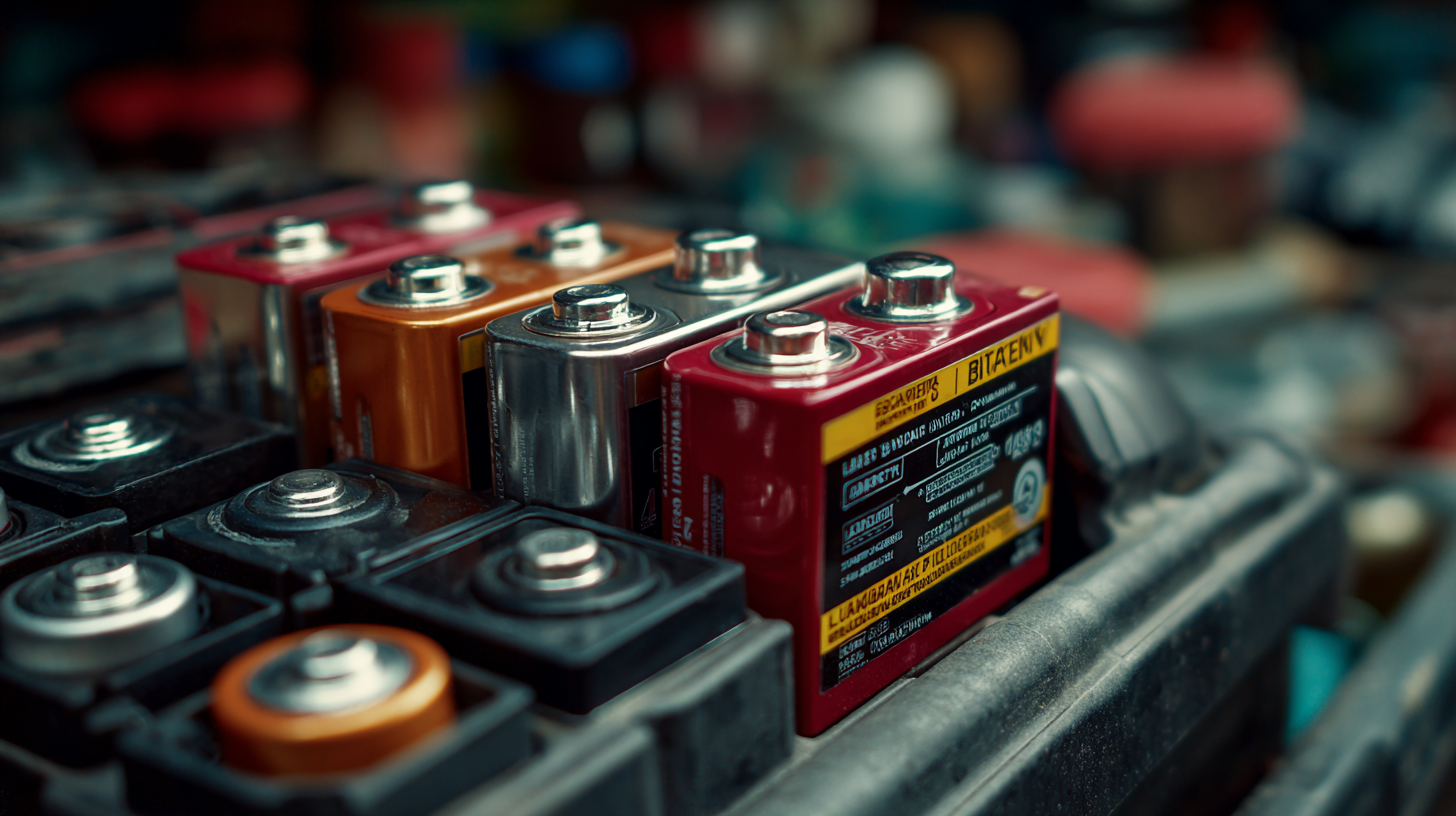
Understanding the Chemistry Behind Lead Acid Batteries for Improved Performance
Understanding the chemistry of lead-acid batteries is essential for maximizing their efficiency and longevity. Lead-acid batteries rely on electrochemical reactions between lead dioxide, sponge lead, and sulfuric acid. These reactions are fundamental to their operation but can lead to challenges such as sulfation and stratification, which degrade performance over time. By improving our grasp of these chemical processes, we can adopt strategies that enhance the effectiveness of lead-acid batteries, making them more competitive against emerging technologies like lithium-ion batteries.
**Tips:** To extend the life of your lead-acid battery, keep it fully charged whenever possible. Regularly check the electrolyte levels and maintain them to the recommended levels to prevent damage. Utilizing a sound-assisted charging method can also promote better charge distribution and efficiency.
Furthermore, ongoing research into material and operational interventions shows promise in revitalizing lead-acid battery technology. Innovations in charging methods and battery design can mitigate issues related to degradation, ensuring that these batteries remain a viable option in various applications, from automotive to renewable energy storage. By focusing on the chemistry and improving operational techniques, we can unlock the full potential of lead-acid batteries for a sustainable future.
**Tips:** Always clean battery terminals to prevent corrosion and ensure a good connection. Consider investing in a smart charger that can prevent overcharging and optimize charging cycles based on usage patterns.
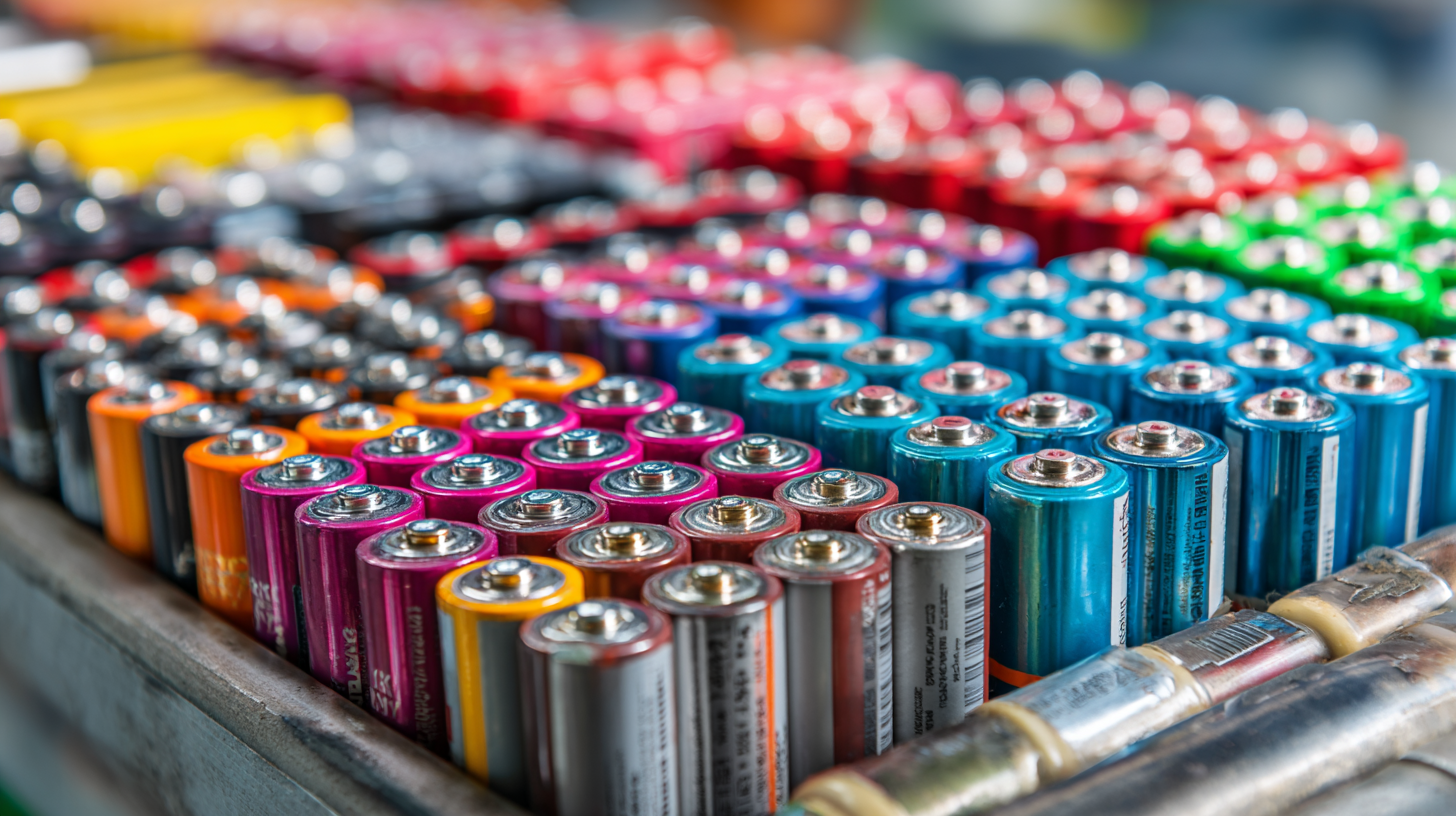
Key Factors Affecting the Lifespan of Lead Acid Batteries: Tips and Tricks
Understanding the key factors affecting the lifespan of lead acid batteries can help users maximize their efficiency and longevity. The average lifespan of a lead acid battery is typically between 3 to 5 years, but with proper care, this can be extended significantly. According to a report by the Battery Council International, regular maintenance and appropriate charging practices can enhance lifespan by up to 30%.
One crucial tip is to ensure that the battery is kept at an optimal charge level. Overcharging can cause water loss and sulfation, leading to reduced efficiency. Aim to keep the battery charged between 40% and 80%. Additionally, temperature control is vital; studies indicate that lead acid batteries perform best at temperatures around 20°C (68°F). Extreme heat can accelerate degradation, while cold temperatures can hinder performance.
Regularly checking the fluid levels also plays a significant role. Maintaining the electrolyte solution can prevent internal damage and ensure optimal functionality. Adding distilled water to the cells as needed will help maintain the chemical reaction necessary for operation. By implementing these practices, users can significantly enhance the durability and performance of their lead acid batteries.
Best Practices for Charging and Maintaining Lead Acid Batteries Efficiently
To maximize the efficiency and longevity of lead-acid batteries, understanding best practices for charging and maintenance is essential. According to a report from the Battery Council International, proper charging can increase battery life by up to 30%. It is crucial to choose a suitable charger that matches the battery type and size. Lead-acid batteries should be charged at a voltage of approximately 2.4 to 2.45 volts per cell for optimal performance. Additionally, maintaining a steady charge can prevent sulfation, a condition that significantly decreases battery capacity.
Regular maintenance is another key factor in extending the lifespan of lead-acid batteries. The National Renewable Energy Laboratory suggests checking electrolyte levels and maintaining them within the optimal range, as low electrolyte levels can lead to severe damage. Keeping terminals clean and ensuring connections are tight can also prevent energy loss and corrosion. Following these best practices not only enhances the performance of lead-acid batteries but also improves their reliability in various applications, from automotive to renewable energy systems.
The Untold Secrets of Lead Acid Batteries: Maximizing Efficiency and Longevity - Best Practices for Charging and Maintaining Lead Acid Batteries Efficiently
| Practice | Description | Benefits | Frequency |
|---|---|---|---|
| Proper Charging Voltage | Ensure the charger provides the recommended charging voltage specific to the battery type. | Maximizes charge capacity and prevents damage. | Every charge cycle |
| Avoid Deep Discharge | Stop using the battery before it reaches a low voltage level. | Extends battery life and performance. | Regular use |
| Regular Water Levels Check | Check and refill water levels in flooded lead acid batteries. | Prevents sulfation and enhances longevity. | Monthly |
| Temperature Management | Keep batteries in a cool, dry place to avoid overheating. | Maintains performance and prevents damage. | As needed |
| Use Smart Chargers | Employ chargers that adjust voltage and current based on the battery's state. | Improves charging efficiency and prolongs battery life. | Every charge cycle |
Innovative Upgrades and Modifications to Enhance Lead Acid Battery Longevity
Lead acid batteries, while commonly used and familiar, possess numerous hidden potentials that can be unlocked through innovative upgrades and modifications. One significant enhancement involves the incorporation of advanced battery management systems (BMS). These systems intelligently monitor battery performance, optimizing charge cycles and preventing over-discharge, which can extend the battery's lifespan considerably. By using a BMS, users can enhance the battery's efficiency, ensuring it operates within ideal temperature and voltage ranges for maximum longevity.
Another effective modification is the use of thermal management techniques. Lead acid batteries can suffer from extreme temperatures, which adversely affect their performance and lifespan. Implementing insulation or cooling systems can mitigate these effects, maintaining a stable operating temperature. Furthermore, regular maintenance, such as equalizing charges and checking electrolyte levels, combined with these upgrades, can significantly enhance the durability and reliability of lead acid batteries. Embracing these innovative approaches can transform the standard lead acid battery into a more resilient power source.
Common Myths About Lead Acid Batteries Debunked for Optimal Usage Techniques
When it comes to lead-acid batteries, there are numerous misconceptions that can hinder users from maximizing their efficiency and longevity. One prevalent myth is that overcharging a lead-acid battery will inevitably damage it or pose safety risks. In reality, while overcharging can lead to reduced lifespan, modern chargers are designed to regulate the charging process and can safely accommodate overnight charging without significant risk. This debunks the widespread fear around charging practices, encouraging users to adopt more flexible charging habits.
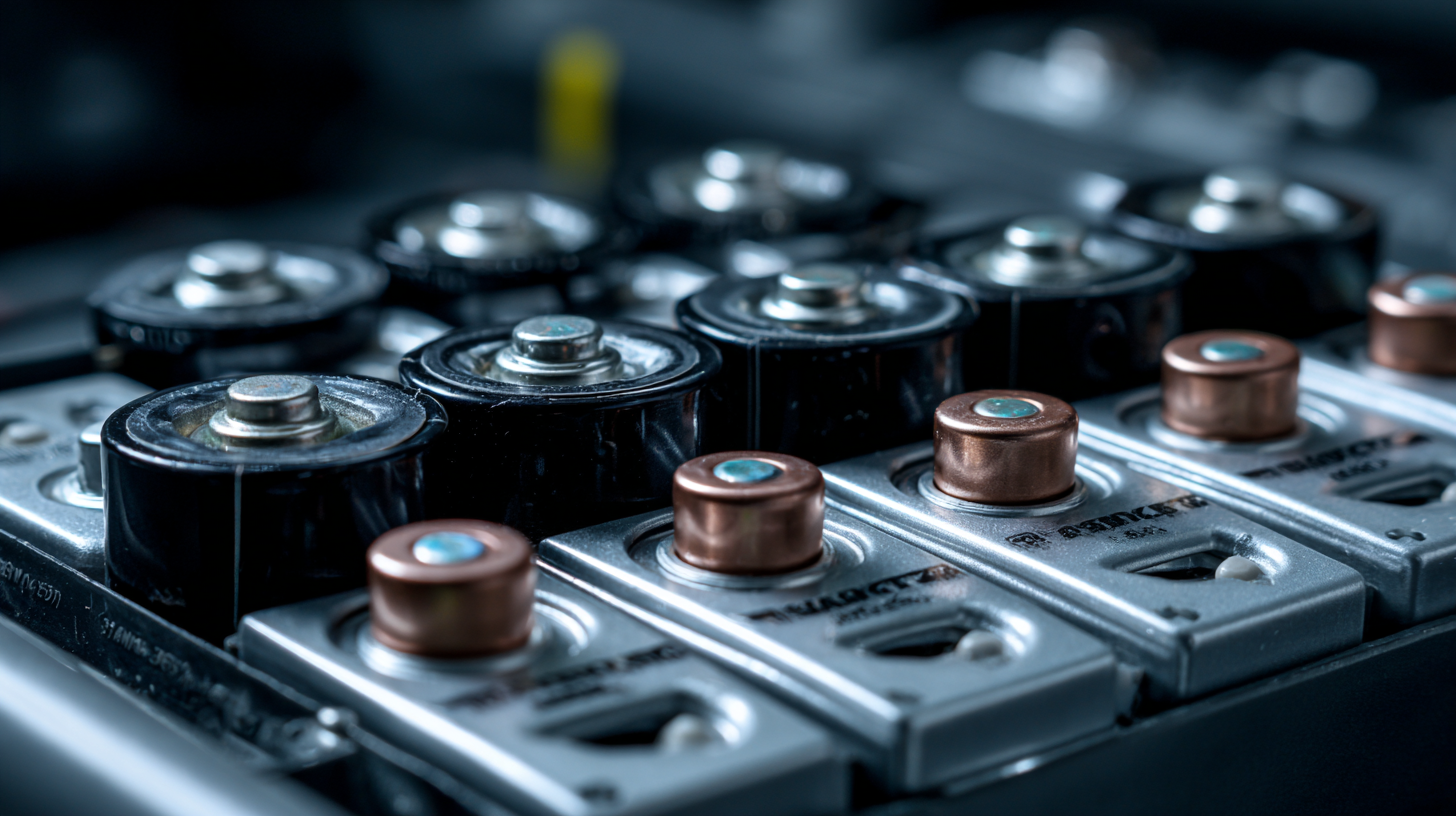
Related Posts
-
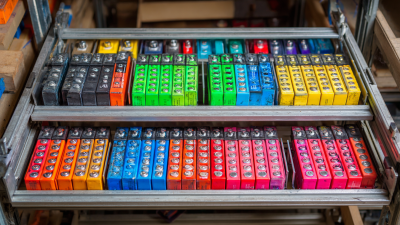
How to Maximize the Lifespan of Your Deep Cycle Batteries
-
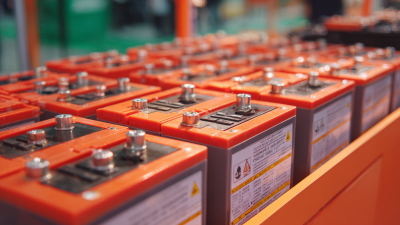
Deep Cycle Car Battery Trends and Insights from 2025 China Import and Export Fair
-

7 Essential Facts About the Best UPS Backup System for Your Business Needs
-

How an UPS Backup System Can Save Your Data During Power Outages: Essential Insights
-

7 Secrets to Finding the Best Battery Shop for Your Needs
-

The Ultimate Guide to Choosing the Best UPS Backup System for Your Home Office
